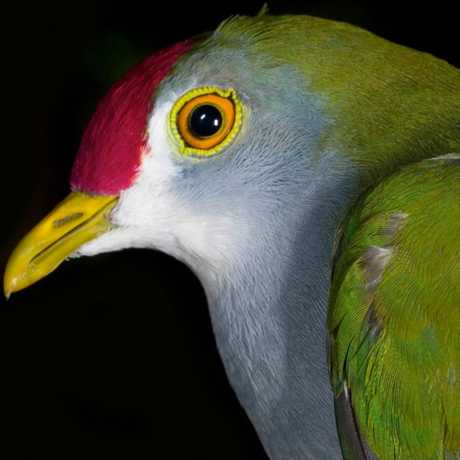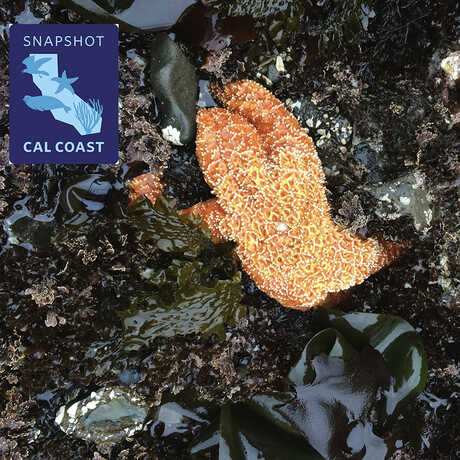Science News
Ecological Recession?

Over half of terrestrial ecosystems are threatened by “unsafe” biodiversity loss, according to a research group led by the University College London. Key services provided by these systems—including crop pollination, waste decomposition, and carbon cycle regulation—face critical risk of impairment and likely require focused intervention to restore.
Researchers analyzed 2.3 million species records across over 18,600 sites in one of the most comprehensive quantitative analyses of global biodiversity change. Nine of 14 biomes they examined showed an alarming loss on their Biodiversity Intactness Index (BII), which compares current species abundance to conditions without human land use. Grasslands, savannas and shrublands showed the greatest biodiversity loss, followed by global forests and woodlands.
Scientists are still exploring the implications of these results.
“We know biodiversity loss affects ecosystem function but how it does this is not entirely clear,” commented Tim Newbold, lead author on the study. “What we do know is that in many parts of the world, we are approaching a situation where human intervention might be needed to sustain ecosystem function.”
If left unchecked, the group contends, biodiversity loss could undermine global goals for long-term sustainable development.
“It’s worrying that land use has already pushed biodiversity below the level proposed as a safe limit,” said Andy Purvis of the Natural History Museum, London, a co-author on the paper.
“Decision-makers worry a lot about economic recessions, but an ecological recession could have even worse consequences—and the biodiversity damage we’ve had means we’re at risk of that happening,” he said. “Until and unless we can bring biodiversity back up, we’re playing ecological roulette.”
Globally, scientists concluded terrestrial biodiversity has fallen to roughly 85 percent. However, if the emergence of new species is considered, this number increases to 88 percent, and the number of biomes that have surpassed the safety limit falls from nine to seven.
These results urge further study on the role of species, new and old, in maintaining ecosystem function. In the meantime, the authors hope the publicly available maps and data from this paper will help inform conservation planning.
Image: Manu gangadhar/Wikipedia


